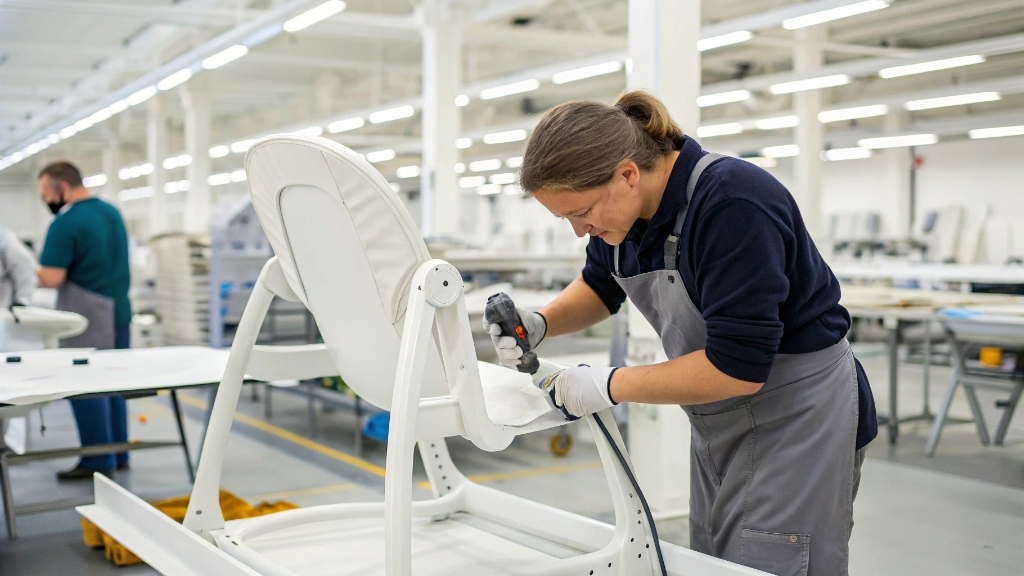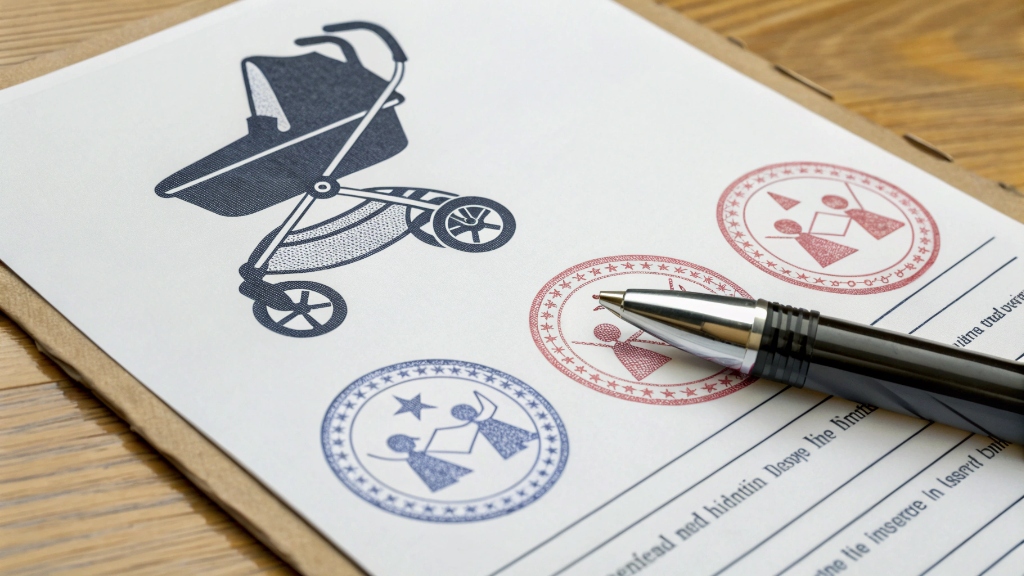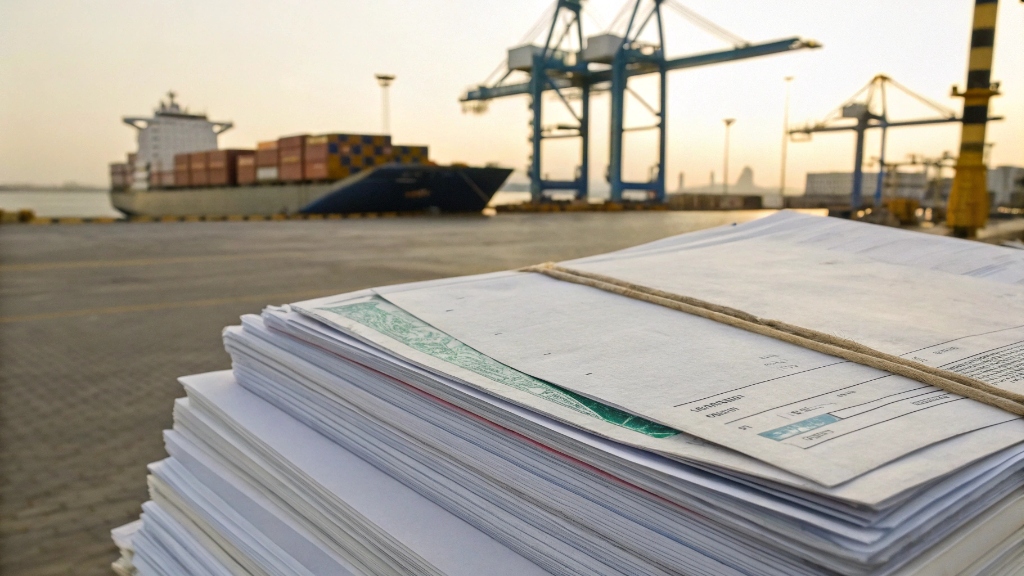Choosing a stroller feels like a maze of endless options. Are you worried about picking the wrong one and regretting it later? Let us navigate this journey together so you can make a smart, confident decision.
When choosing a stroller, pay close attention to your lifestyle needs, essential safety features, ease of use (like folding and maneuverability), and how it accommodates your child’s age and growth. Prioritize practicality and durability over unnecessary frills to ensure long-term satisfaction.
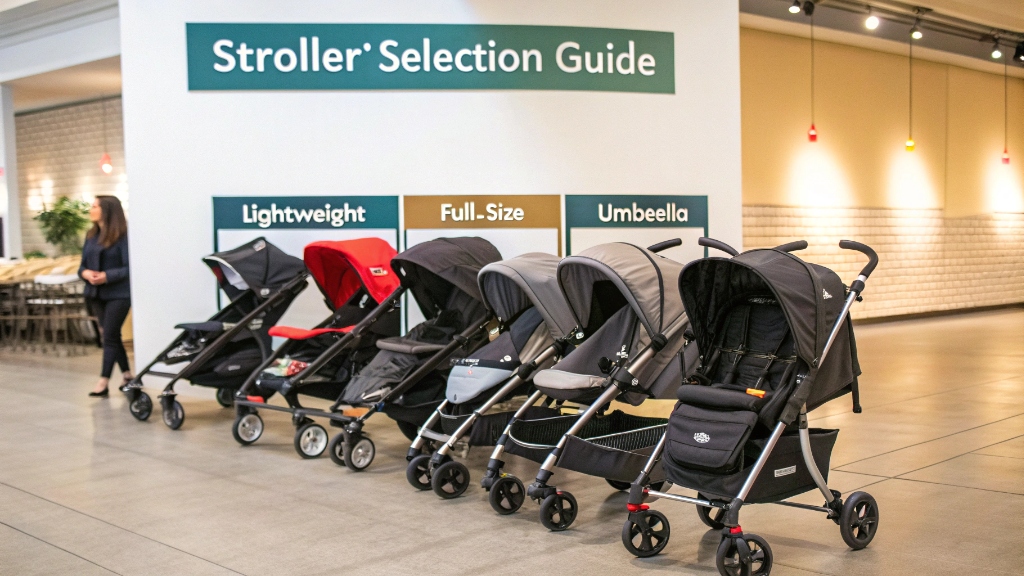
I remember feeling completely lost when I first had to choose a stroller. There were so many models. Each one promised to be the best. I kept asking myself if I needed a lightweight one for quick trips or a sturdy one for long walks. I also wondered if a fancy one was truly better than a simple one. This made me feel a lot of pressure. My own initial choice was not perfect. It taught me that understanding your own needs is key. I ended up with a stroller that was too bulky for my small car. It also did not fold easily when I was holding my baby. This made me realize the importance of careful thought. I learned that focusing on practical details makes a huge difference. This experience helps me now. I can advise others to look past the shiny advertisements. Instead, focus on what really matters for your daily life. Let us dive into the key areas you should consider. This will help you find a stroller that truly fits your family.
Is It Better to Have 3 or 4 Wheels on a Stroller?
You are eyeing strollers, but the wheel count has you confused. Does having 3 wheels make it faster, or are 4 wheels always more stable? Do not choose based on looks alone; pick what truly works for your family’s adventures.
Choosing between 3 or 4 wheels depends on your primary use: 3-wheel strollers, often joggers, offer superior maneuverability and are great for active parents on varied terrain. 4-wheel strollers provide greater stability, larger storage, and are ideal for everyday use on smoother surfaces or for multiple children.
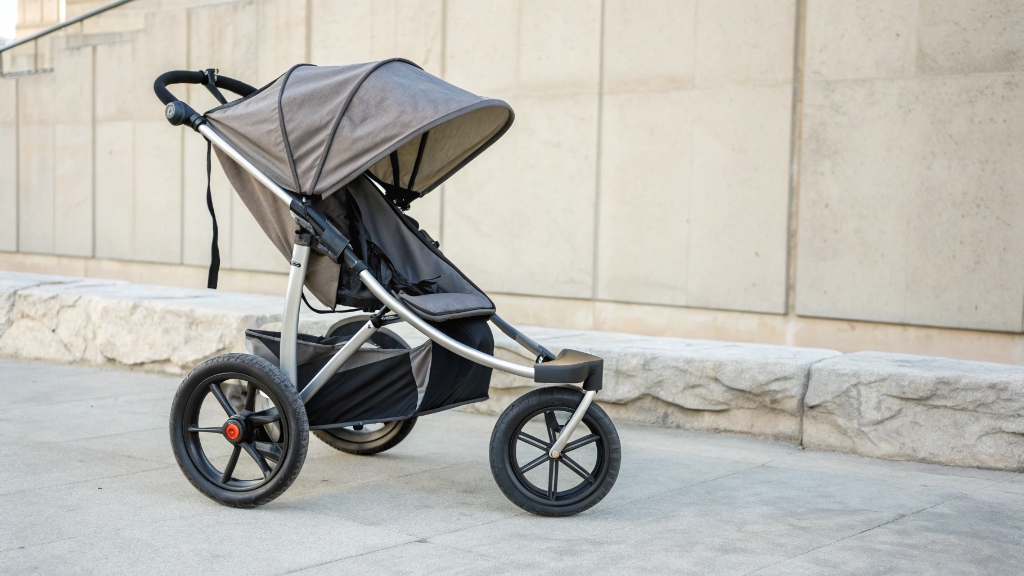
When I first saw a 3-wheel stroller, I thought it looked very modern. I wondered if it was just a style choice. I then learned that the number of wheels changes how a stroller moves. It also changes where you can take it. My friend, who is a runner, swears by her 3-wheel stroller. She told me it glides easily over bumps. This is because it has a single front wheel. This wheel often locks in place for stability at higher speeds. This design is great for jogging. It is also good for walking on rougher paths. The 3-wheel design makes them very agile. You can turn them easily in tight spaces. My suggestion is that, if you plan to be very active, or often walk on uneven ground, a 3-wheel stroller is usually a good choice. However, 4-wheel strollers are what most people think of. They have a wheel at each corner. This gives them a very stable base. They are often heavier. They also have more storage space. This makes them great for shopping trips. They are also good for everyday use on city sidewalks. They are less likely to tip. This can give peace of mind. It is important to match the wheel count to how you will use the stroller every day.
Understanding 3-Wheel Stroller Dynamics
Three-wheel strollers, often called jogging or all-terrain strollers, offer a distinct pushing experience. Their design, with two large rear wheels and a single front wheel, prioritizes maneuverability and shock absorption. The single front wheel allows for tighter turns and easier navigation around obstacles, making them feel nimble. This wheel often has a locking mechanism, which is crucial for stability during jogging or on very uneven terrain. The larger, often air-filled tires, combined with robust suspension systems, provide a very smooth ride for the child, absorbing bumps and shocks effectively. They are excellent for active parents who enjoy running, hiking, or frequent walks on gravel paths, grass, or cobblestones. The trade-off for this agility and ruggedness is sometimes less storage space and a wider footprint when folded, which can make them less convenient for public transport or small car trunks.
The Stability of 4-Wheel Strollers
Four-wheel strollers are the most common type and are valued for their stability and traditional design. With a wheel at each corner, they distribute weight evenly, making them less prone to tipping, especially when carrying heavy diaper bags or when navigating curbs. This inherent stability makes them a popular choice for everyday use, city errands, and as travel systems. They often feature larger under-seat storage baskets compared to their three-wheel counterparts, which is a significant advantage for shopping or longer outings. While they may not be as nimble for tight turns or as comfortable on very rough terrain as a dedicated jogging stroller, many modern 4-wheel strollers offer excellent suspension and robust wheel designs that handle varied urban and suburban surfaces well. Their wide base provides a secure feeling for both parent and child, and they often come with more adaptable features like reversible seats and adjustable handlebars.
| Stroller Wheel Type | Primary Advantage | Best For | Key Disadvantage | My Experience/Insight |
|---|---|---|---|---|
| 3-Wheel Stroller | Maneuverability, All-Terrain | Active parents, jogging, rough paths | Less stable when standing, often bulkier fold | Great for park trails, but felt large in shops |
| 4-Wheel Stroller | Stability, Storage | Everyday use, city, suburban, shopping | Less nimble for tight turns, heavier to push sometimes | Felt secure, perfect for holding groceries |
What Are Common Stroller Problems?
You bought a new stroller, but now you are facing unexpected issues. Are you wondering what common problems parents run into after purchase? Do not let common frustrations catch you off guard; learn what to watch out for.
Common stroller problems include difficulty folding, inadequate storage, poor maneuverability on certain terrains, wheel issues (like flats or squeaks), and comfort complaints (e.g., stiff recline or small canopy). These issues often stem from not matching the stroller to a family’s specific lifestyle and needs during the initial purchase.
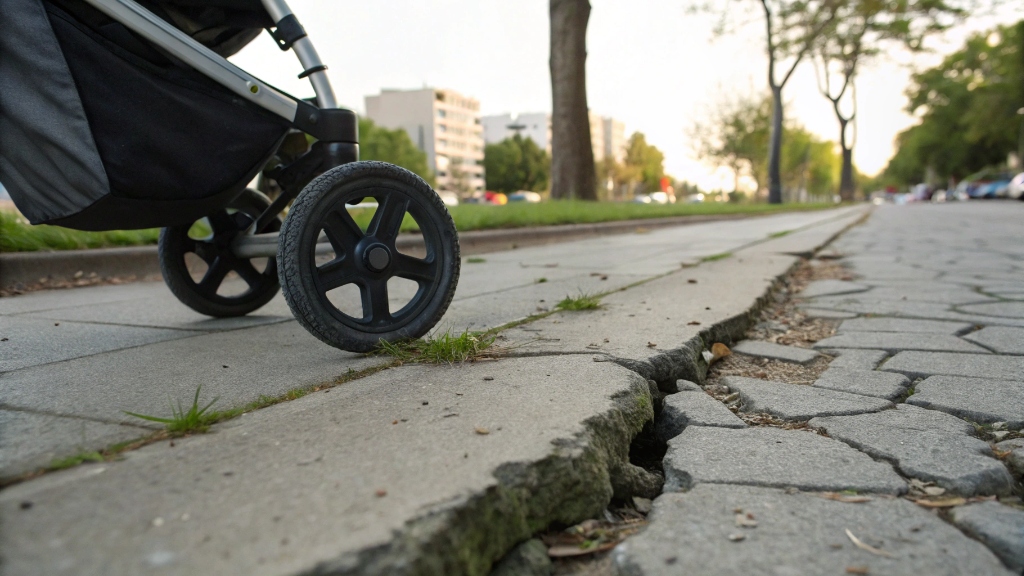
I have heard so many stories from friends about stroller problems. I have also had my own share of issues. One friend bought a stroller that was impossible to fold with one hand. She often ended up frustrated in parking lots. This happened when she was holding her baby. My own first stroller had tiny wheels. They would always get stuck in cracks on the sidewalk. This made walks very annoying. My suggestion is that, you should be aware of these common problems before you buy. Some strollers have very small storage baskets. This means you end up carrying the diaper bag yourself. Other strollers have poor suspension. This makes the ride bumpy for your child. A bad recline mechanism can also be frustrating. If it is stiff or does not go flat enough, your baby might not sleep well. Squeaky wheels are another common complaint. They can be very annoying on quiet walks. Always check the canopy size too. A small canopy might not give enough sun protection. Knowing these issues helps you ask the right questions. It also helps you test the stroller better in the store. This way, you can avoid these headaches later on.
Issues with Portability and Storage
Many parents encounter problems related to the stroller’s portability and storage. One common issue is a difficult or bulky fold. Some strollers require two hands or multiple steps to collapse, which becomes a significant hassle when you are also holding a child or groceries. The folded size can also be a problem; it might not fit easily into smaller car trunks or may take up too much space in tight apartment hallways. Another frequent complaint is inadequate storage. Stroller baskets that are too small, hard to access, or have low weight limits can make it difficult to carry essentials like a diaper bag, shopping, or toys. This often forces parents to carry bags on their shoulders or handlebars, which can be unsafe due to tipping risks. My experience is that a seemingly minor detail like a poorly designed fold can lead to daily frustration, making quick trips feel like a major chore.
Maneuverability and Wheel Woes
Maneuverability is a crucial aspect where strollers can fall short. Small, hard plastic wheels, common on lighter umbrella strollers, often struggle on anything but perfectly smooth surfaces. They can get stuck in sidewalk cracks, gravel, or even rough pavement, leading to a bumpy ride for the child and a strenuous push for the parent. Wheel issues extend to flats if the tires are air-filled (requiring maintenance like bicycle tires) or persistent squeaks from poor quality bearings. Steering can also be challenging if the stroller is heavy, has rigid wheels, or lacks good suspension, making it hard to navigate tight spaces or crowded areas. Some parents find that strollers with fixed front wheels (common in true jogging strollers) are difficult to turn for everyday use, while swivel wheels that do not lock can cause instability when running. These issues directly impact the comfort and ease of use during daily outings.
| Common Stroller Problem | Impact on Parent/Child | How to Avoid/Check During Purchase | My Experience/Insight |
|---|---|---|---|
| Difficult Fold | Frustration, takes time, needs two hands | Test fold with one hand multiple times in-store | My heavy stroller was a nightmare to fold alone |
| Small/Inaccessible Storage | Carrying bags, tipping risk | Check basket size and access, try with your bag | Always ran out of space, ended up carrying too much |
| Poor Maneuverability | Hard to push, stuck wheels, bumpy ride | Push around store, try different surfaces if possible | Small wheels got stuck on every crack, very annoying |
| Squeaky Wheels | Annoying noise, indicates poor quality | Listen for squeaks during test pushes, read reviews | A friend’s stroller squeaked constantly, drove her crazy |
| Inadequate Recline | Child discomfort, unsafe for newborns | Ensure it goes flat for infants, test recline levels | My baby couldn’t nap comfortably without a full recline |
| Small Canopy | Poor sun/wind protection | Extend canopy fully, check coverage for child | Sun always got in baby’s eyes with a tiny canopy |
Conclusion
Choosing a stroller involves balancing wheel type, addressing common problems, and prioritizing your family’s daily needs. Thoughtful consideration of these points ensures a practical and comfortable experience.


